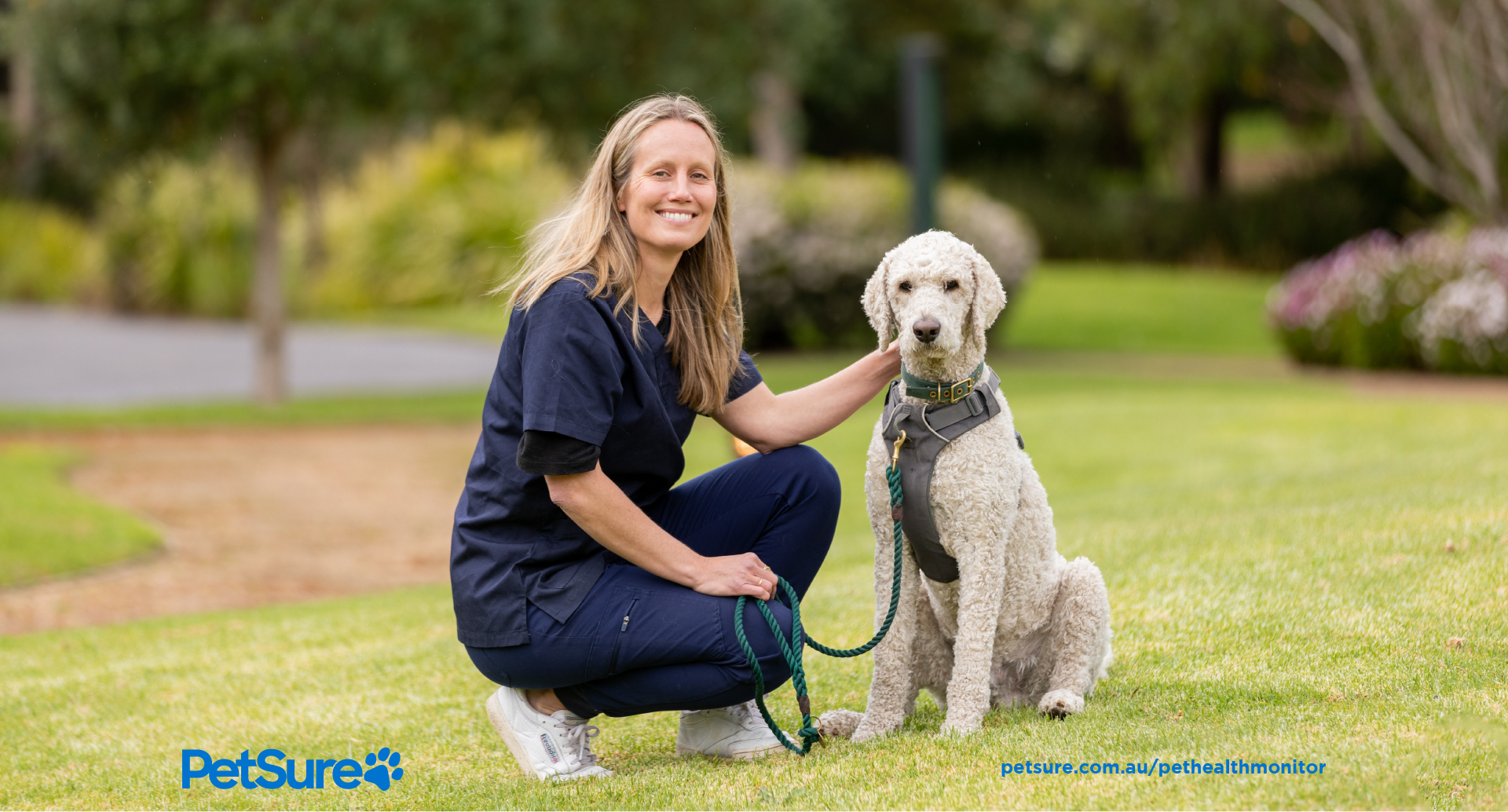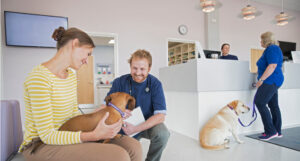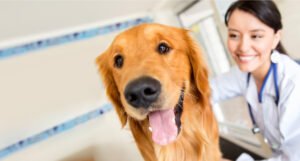The global pandemic normalised the usage of telemedicine in both human and veterinary health management.
Veterinary telehealth services like VetChat complement in-clinic veterinary services by servicing pet health needs out of office hours and as a first point of call to triage health concerns. We interviewed Dr Claire Jenkins, the founder and CEO of VetChat, to understand the impact of telehealth.
Dr Claire, can you please tell me a bit about VetChat’s journey? Why did you start it?
I’ve been a veterinarian for over 18 years and I have seen first hand countless cases, where the delay in getting veterinary advice has resulted in poorer pet health outcomes.
For most pet carers, the knowledge gap is huge – and when they cannot immediately see their local vet, combing the internet for answers often results in delayed or improper care for pets.
We believe that instant access to experienced veterinarians leads to healthier and happier pets; and positively supports the sustainability of the veterinary industry to reduce after-hour stress and unnecessary call outs.
In 2015, I founded VetChat which is an online veterinary service, offering immediate video and live message consultations to pet carers and their pets, 24/7. Our team of trusted online vets are on standby to provide advice and triage for pets. We are a supplement to physical clinics rather than a substitute to them.
Pet carers can describe and show their pet’s issue, and learn what needs to be done. Whether it can be fully managed at home, or until your vet opens, our vets can also help you to find your nearest open veterinary clinic.
We’ve now completed over 50,000 consultations on the platform, and are available in both Australia and New Zealand. VetChat saw 127% YoY growth in 20227, which is likely due to increased adoption and the normalisation of the telehealth category.
Over the past six months, we’ve had a customer satisfaction score of 94%8 which reflects the reassurance and support we’ve provided to pet parents, which has in some cases saved pets lives. And we’re fast too; 90%9 of our customers are connected to a vet within a minute.
What were the top five enquiries you received in 2022?
In 2022, the common queries that prompted pet carers to go online included gastrointestinal issues, irritated skin and concerns about something the pet ate or was exposed to. Gastrointestinal concerns typically top the list.
Common VetChat enquiries in 2022:
| Gastrointestinal – vomit, diarrhoea | 20% |
| Skin | 11% |
| Toxins | 10% |
| Eye concerns | 4% |
| Wound check | 4% |
Do you have a case study from 2022 that really stands out?
On New Years Eve morning, Fred, a two-year old Dalmation had vomited several times in a 30 minute period. His family were very concerned and wanted to know how serious it was and what to do.
The pet carer Dunja was relieved to access VetChat to seek veterinary advice while she was travelling.
“Our dog started vomiting a number of times in a short period. We were an hour away from home and started heading back to our vet when I remembered this service. After the very prompt and wonderful advice that we followed to the letter, we felt in control and knew what symptoms to look for that would require immediate vet assistance. This is an invaluable service especially when we start travelling this year. Wouldn’t be without it,”
VetChat customer, Dunja
Is there a particular condition where you think the knowledge gap is the biggest?
Nutrition. Around 20% of our queries are due to vomiting or diarrhoea (or both), and a large proportion of these are preventable. Arming pet carers with the knowledge of what is and isn’t okay to feed our pets as appropriate to their life stage and individual requirements is so important. In addition, awareness of things that pose a danger when scavenged and how to avoid it happening is key.
Pet carers should avoid feeding their pet meats from the barbeque including sausages or bacon because food with high fat or salt content can cause pancreatitis. Also, it’s important to not overfeed pets with treats. As a rule of thumb, treats shouldn’t be more than 10% of a pet’s diet and if you do give them treats ensure they are good quality and locally made.
What’s one thing you want people to know about pet health?
A focus on happiness, wellness and prevention of issues comes first. In the case of something not being quite right – early intervention is needed, always. Remember to check with a vet when making health decisions for your pet. No question is too small.
Have you seen any digital or technological changes in telehealth?
In addition to the increased adoption of telehealth, we’re seeing the arrival of remote monitoring solutions, like tracking devices. These will enable pet carers and vets to better manage conditions at home, or be able to detect changes sooner where veterinary advice or intervention may be needed. If these wearables bring an earlier awareness of a health issue, they will lead to better pet health outcomes, compared to later detection.
What’s coming up for 2023?
Some PetSure administered pet insurance brands are starting to include complimentary access to VetChat. You can check with your pet insurance brand to find out more.
Australian veterinary care needs to continue to always have the pet at the centre of what we do. The veterinary system is overloaded with the current pets to vets ratio, and we’ll continue to see growth of Telehealth for pets, giving access to vet support when location, situation, urgency of issue, or the time of concern mean that in-person access is not immediately available. Telehealth cannot replace the crucial importance of in-person care, but it is becoming a standard first port-of-call for non-emergency advice.
Pet insurance can help by covering a portion of the eligible vet bill if the unexpected happens. Because it is difficult to predict the costs of veterinary care, it can help to have measures in place to help prepare for the unexpected. Check out our partner network and explore our policy tools to find a pet insurance policy.
Not all conditions or items are covered by Pet Insurance. Refer to the applicable Product Disclosure Statement for information about coverage and exclusions.



 Fact checked
Fact checked





